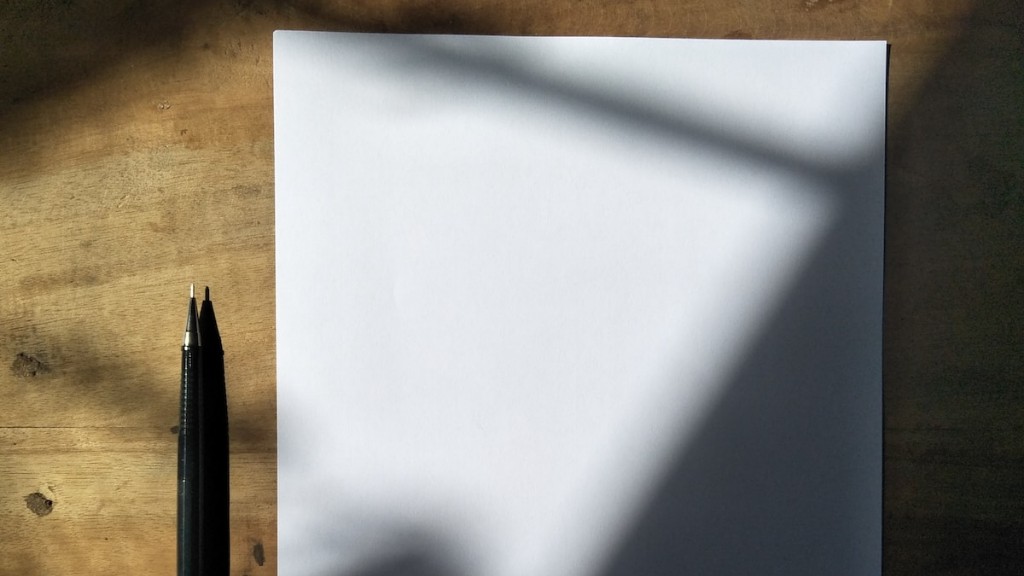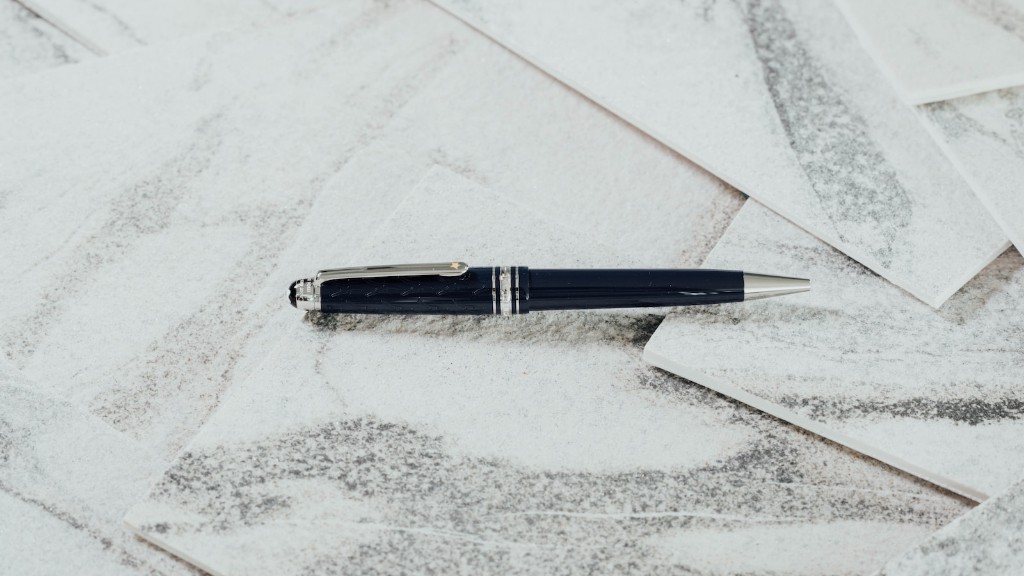Types of Paper for Art Prints
Printing artwork on paper has been a common practice for centuries. During the Renaissance period, artists relied on canvas for art prints, yet as technology improved over time, paper became the medium of choice for most art prints. There are many different types of paper that can be used for art prints, and each has its own unique properties which can affect the look and feel of the artwork. Understanding the various papers used for art prints is essential to achieve the desired effect.
The most popular paper used for art prints is artist-grade paper. This type of paper is acid-free, and is usually slightly thicker than standard printing paper. It has a smooth, matt finish which makes it ideal for highly-detailed pieces. Watercolor paper is another popular option, and is slightly thicker than artist-grade paper. It can handle heavier amounts of ink, and has a slight texture which gives it a unique finish. For black and white art prints, a carbonless paper is usually the preferred choice. This type of paper is incredibly thin and has very low absorbency, which allows the colors to retain their vibrancy longer than with other types of paper.
When choosing a paper for art prints, it is important to consider the type of ink being used. Certain papers may require special inks that can be more expensive. If using a standard inkjet printer, a general purpose paper is usually the best choice. It comes in different weights and finishes, so it is important to choose the right one for the desired finish.
Glossy and Matte Papers
Glossy paper is more commonly used in photography due to its shiny finish, but it can also be used for art prints. It is a great choice for highly-detailed pieces that will be placed in a frame and hung up on a wall, as the glossy finish will reflect the light and bring out the intricate details of the art print.
Matte paper is another popular option for art prints. This type of paper has a flat, non-reflective finish which is ideal for art prints that are not to be hung up. It is also suitable for art prints that are used in portfolios, since it is easier to handle and less likely to be damaged. As with glossy paper, matte paper comes in several different weights and finishes to suit the artist’s specific project.
Choosing the Right Paper for Art Prints
When choosing a paper for art prints, it is important to consider the overall look and feel of the piece. Glossy paper is best for art prints that are meant to be hung up, as the reflective qualities of the paper will make the details of the artwork stand out. Matte paper, on the other hand, is more suited for artwork that is to be handled and transported, since it has a more stable base which is less likely to become warped or damaged. As with any type of printing, it is also important to consider the type of ink that is to be used, since some inks may not be compatible with certain types of paper.
Cost of Paper for Art Prints
The cost of paper for art prints can vary greatly depending on the type, weight, and finish that is chosen. Artist-grade paper and watercolor paper are usually more expensive than standard printing paper. Matte and glossy papers can also be more expensive than other types of paper, and may require specific inks to be used which can further add to the cost of the project. However, most art print projects can be completed on a budget if the right type of paper is chosen.
The Benefits of Quality Paper for Art Prints
The type of paper chosen for an art print has a huge impact on the overall look and feel of the artwork. High-quality paper will produce art prints that are more vibrant and have greater detail, making them more impressive and visually striking. The paper can also help to protect the artwork from fading and damage over time, making it a wise investment for any artist.
The Environmental Impact of Paper for Art Prints
When choosing paper for art prints, it is important to consider the environmental impact of the materials used. Artist-grade paper and watercolor paper are both made from sustainable sources and are recyclable. However, glossy papers and certain other types of paper may contain chemicals or other materials that are not as eco-friendly. Additionally, the production of art prints often requires large amounts of energy and water, which can also have a negative impact on the environment.
Alternatives to Paper for Art Prints
Although paper remains the most popular choice for art prints, there are other mediums which can be used to create artwork. Canvas prints are becoming increasingly popular, and can be used to achieve a different look. Prints can also be made on metal, wood, or other materials. Alternatives such as these can be more expensive and time-consuming than using paper, but can often produce a more unique and impressive artwork.


